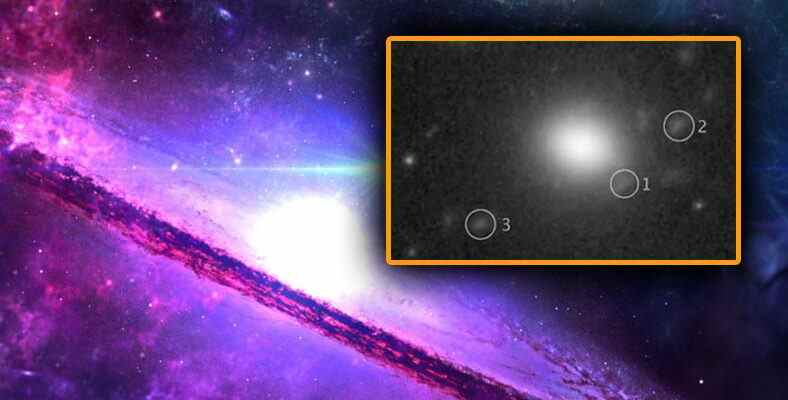The Hubble Space Telescope observed the explosion of a star 11 billion light-years away in 3 different phases at the same time. The observation also went down in history as the clearest observation of a supernova that occurred in the early universe.
Launched in 1990 and still in service Hubble Space Telescopecame up with an extremely exciting observation today. Hubble was able to observe a supernova event, one of the most violent explosions in space. Moreover, there was a special case in this observation.
Hubble can simultaneously blast supernova with ‘gravitational lensing’ observing in three different stages succeeded. This observation, made possible by the gravitational force of a galaxy, was shared as follows:
A look at the early universe:
The observed supernova was actually the explosion of a star 11 billion light-years from us. According to the statement shared by NASA, this observation is “First detailed look at a supernova this early in the universe’s historyIt also features ”.
The signs that we see in the images and the different stages of the supernova are numbered, respectively. beginning, second day and eighth day (Earth day) status.
In reflections marked 1 and 2, the supernova appears blue, indicating high temperatures. At number 3, the supernova is seen in red. This indicates that the resulting temperature has decreased.
The observation was made in the galaxy cluster Abell 370. The research on the observation was published in the journal Nature.
So what is ‘gravitational lensing’ that allows us to see the supernova in 3 ways at once?
Gravitational lensing is an event that occurs around galaxies with very high gravity, such as galaxies, causing the light behind them to be bent and reflected. We’ve seen this effect recently, especially in photographs of the James Webb Space Telescope:
RELATED NEWS
